Posted: October 3rd, 2014 | No Comments »
I’ll be at the Wigtown Book Festival talking about North Korea and State of Paranoia this Saturday, 12 noon….
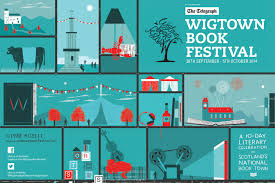
Paul French
North Korea: State of Paranoia
McNeillie Tent
Saturday 4th October 2014
12:00
North Korea demands a cult-like adherence to its leader, allows no access to the internet and imprisons thousands of its citizens in prison camps. Paul French takes his audience inside the world’s most secret and strange nuclear power, which he has studied extensively as a China-based journalist and analyst.
Sponsored by T Jeffery
Posted: October 2nd, 2014 | No Comments »
I’ll be up at the Wigtown Book Festival in Scotland this Friday at 6pm talking Midnight in Peking, old China, writing true crime and murders in the Badlands…you can check out the whole weekend’s programme here…

Paul French
Midnight in Peking
County Buildings, Main Hall
Friday 3rd October 2014
18:00
In 1937 Peking, the teenage daughter of a British consul was murdered. As war loomed, British and Chinese authorities closed ranks. Seventy-five years later, Paul French has uncovered a stash of forgotten documents revealing the killer’s identity. He discusses his gripping account of what happened, a New York Times Bestseller and BBC Radio 4 Book of the Week.
Posted: October 1st, 2014 | No Comments »
A very Shanghai story today I feel. in its remorseless drive to destroy anything “old” and “historical” Shanghai has been moving to bulldoze the old residential lanes (we’re getting down to very low numbers of old lanes now left in the city) of the former Settlement and Frenchtown, Huangpu District government has turned the diggers and wreckers on Lane 60 Zizhong Road (formerly rue de Siemen, a once mainly residential road in Frenchtown, now close to the faux Xintiandi complex). However, destruction was delayed (not entirely halted of course) after hundreds of bricks dating to the Ming (1368-1644) and Qing (1644-1911) dynasties were found. How these bricks came to be part of structures that mostly date from the 1920s is of interest historically of course. Some of the bricks were inscribed with the Chinese characters “Fifth Year of Xianfeng” (1855) and “Shanghai City Wall.”
However, problems then ensued when word got out and people arrived at the site to steal the bricks which can, apparently, be resold for about 1,000 yuan (US$162). A little profit from heritage is apparently OK, but leaving them in place not so much. This of course follows on people who were perhaps wanting a nice image of old Shanghai put up on Suzhou Creek for free for their wall, but actually probably just wanted the scrap metal for resale. Zizhong Road has already been effectively gutted with architecture of the banal such as the Lakeville Regency gated community thrown up. Now the bricks are mostly gone who knows where (try Alibaba perhaps?) and the rest of the street to follow.
PS: The current road name is derived from General Zhang Zizhong, commander in chief of the 33rd Army Group of the KMT, who died fighting the Japanese. He was a communist but his forces were incorporated into the larger Chinese army during the war.
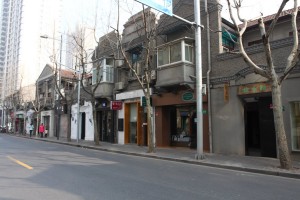
rue de Siemen/Zizhong Road – towards the end of its days
Posted: September 30th, 2014 | 3 Comments »
Mentioned Lisa See’s new book China Dolls the other day, set in San Francisco’s Chinatown before the war. Then came across this set of postcards the other day – can’t date them and probably sent post-war but the images are, I think, 1930s….The accompanying text is quite fun, dipping into Thomas Burke-like imagery at points, “Oriental lanterns cast a mellow glow over the shifting throngs” etc. But they are rather nice all the same.
BTW 1: these pictures are credited to Stanley Plitz, who’s company issued postcards in California from the 1930s to 1950s and were considered extremely high quality at the time
BTW 2: I’ve posted before on the 1885 map of San Francisco Chinatown, the district’s Chinese theatres, a newish guide to Chinatown’s architecture, and the wonderful Chinese telephone exchange (again pictured below)
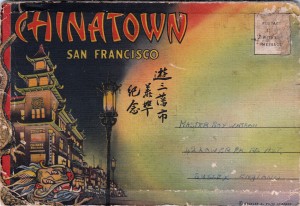
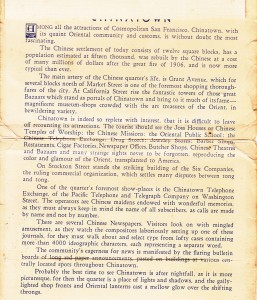
Click to enlarge
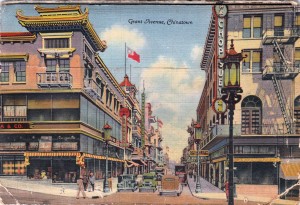 Grant Avenue, Chinatown
Grant Avenue, Chinatown
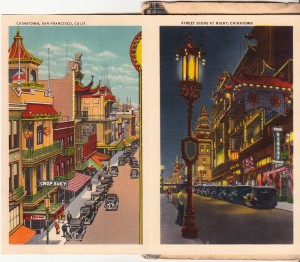 Chinatown & Street Scene at Night, Chinatown
Chinatown & Street Scene at Night, Chinatown
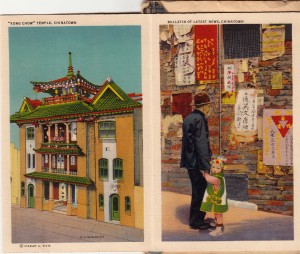
“Kong Chow” Temple & Bulletin of Latest News
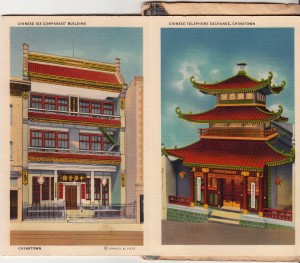 Chinese Six companies’ Building & Chinese Telephone Exchange
Chinese Six companies’ Building & Chinese Telephone Exchange
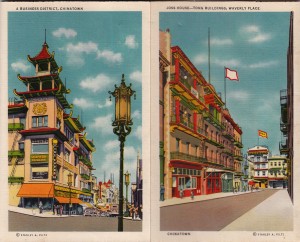
Business District & Joss House-Tong Buildings, Waverly Place
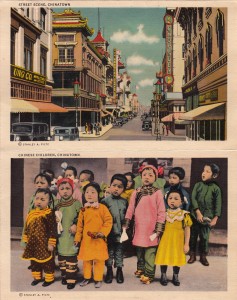 Street scene & Chinese children
Street scene & Chinese children
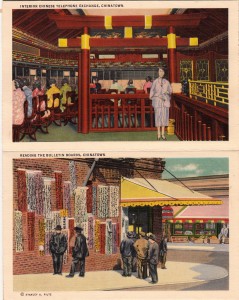
Interior, Chinese Telephone Exchange & Reading the Bulletin Boards
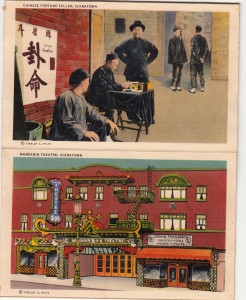
Chinese fortune teller & Mandarin Theatre
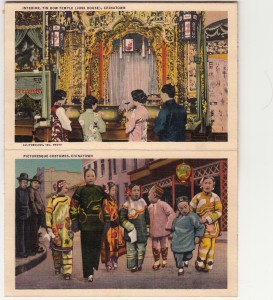
Interior, Tin How Temple (Joss House) & Picturesque costumes
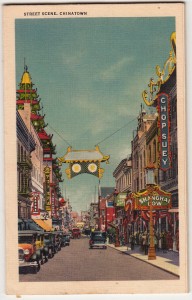
Street Scene
Posted: September 29th, 2014 | No Comments »
Dennis Crow (a relative of the great Carl Crow – see my biography of the great man!) has a new collection out of pictures of the Bund – his collections and finds are never anything less than stunning….
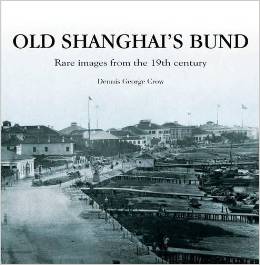
Presented as a collection for the first time, these rare and early photographs of Shanghai’s most famous waterfront offer a unique glimpse into how a marshy embankment turned into the Bund, the city’s most recognised landmark. These images bring to life a past not usually seen in old Shanghai photographs, back when the city was nothing more than a small treaty port. But even then there existed hints of the modernisation that would transform Shanghai into an international commercial hub, and these first signs captured on film are now gathered together to present an exclusive visual history of this city’s fascinating beginnings.
Posted: September 28th, 2014 | No Comments »
After writing about the Chinese Labour Corps for the Penguin China WW1 series, Mark O’Neill has now told the little known story of the Chinese workers sent to Russia during the Great War….

It is a little known fact that during the First World War Russia received the majority of Chinese wartime labourers working overseas. Despite assurances that they would not be involved in the war, thousands of Chinese workers dug trenches and carried ammunition for troops on the Eastern Front under brutal conditions. Then, in 1917, life for the Chinese worsened with the Bolshevik Revolution’s arrival. Some of the workers signed up to fight for the Red Army and many were left stranded in Russia, unemployed and destitute. Their plight has been described as the most tragic episode in 400 years of Chinese emigration. The men had crossed the border into Russia with dreams of earning enough money to build a house or business for their family at home. None could have imagined the hell that awaited them.
Posted: September 27th, 2014 | No Comments »
Chinaphobia On Screen at the BFI
An illustrated talk exploring problematic representations of Chinese people in British and American film

In this richly-illustrated talk, Christopher Frayling, cultural historian and acclaimed writer on film, draws on his forthcoming book The Yellow Peril: Dr Fu Manchu and the Rise of Chinaphobia to explore problematic representations of Chinese people in British and American film. Frayling’s talk offers a fascinating counterpart to our landmark season A Century of Chinese Cinema, and key context for serials such as Dr. Sin Fang (1928), recently added to BFI Player. Following his talk, Frayling will join others in a panel discusson to further explore the issues raised.
Tickets £6.50
Click here to book
Posted: September 26th, 2014 | No Comments »
Thanks to the people at Voicemap, the audible walking tours specialists, my Midnight at Peking walking tour is now available free to download to your device thingy. So, if you’re in Beijing….it’s here…the New York Times enjoyed it!
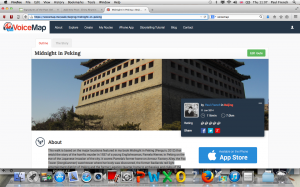
This walk is based on the major locations featured in my book Midnight in Peking (Penguin, 2012) that retold the story of the horrific murder in 1937 of a young Englishwoman, Pamela Werner, in Peking on the eve of the Japanese invasion of the city. It covers Pamela’s former home on Armour Factory Alley, the Fox Tower (Dongbianmen) watchtower where her body was discovered, the former Badlands red light entertainment district of Peking and the former Legation Quarter, home to embassies and clubs of the foreign colony of Peking in the 1930s and also where many of the suspects in Pamela’s murder spent their days.


















